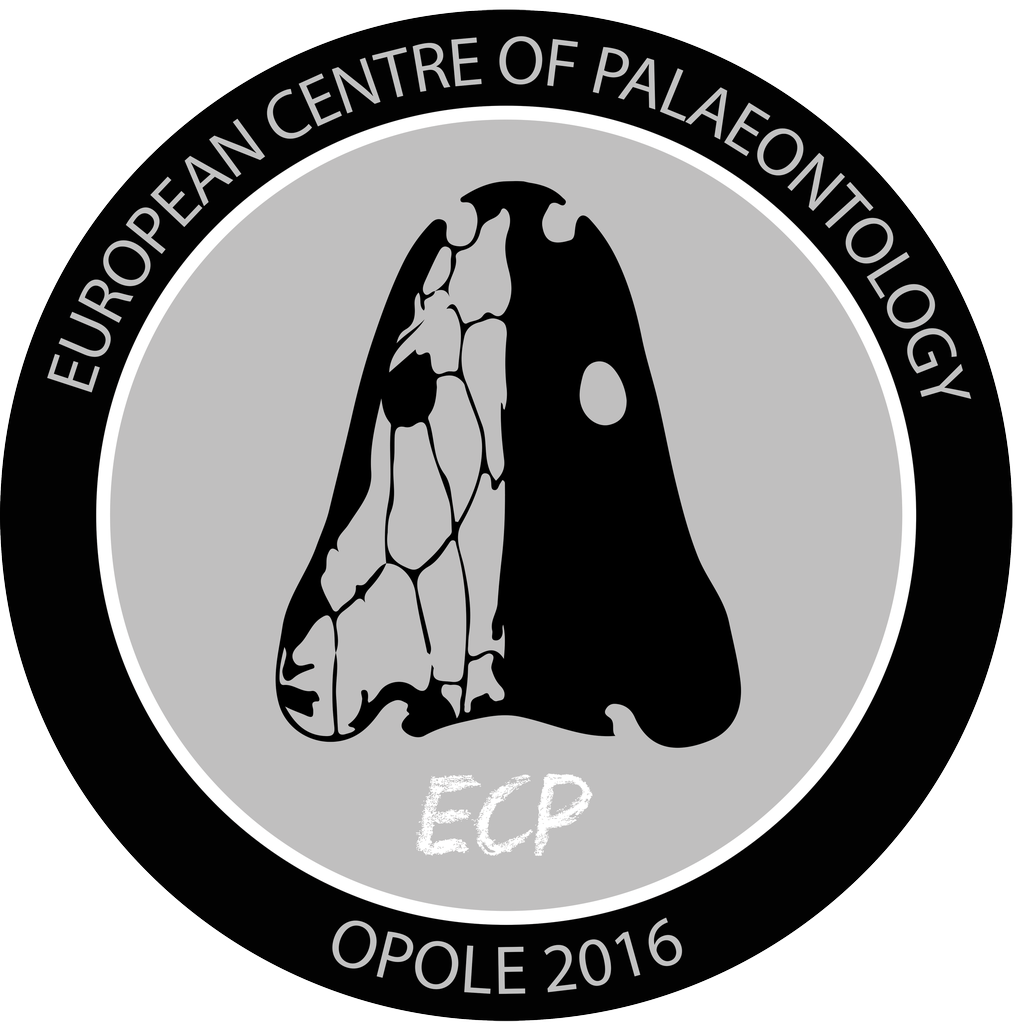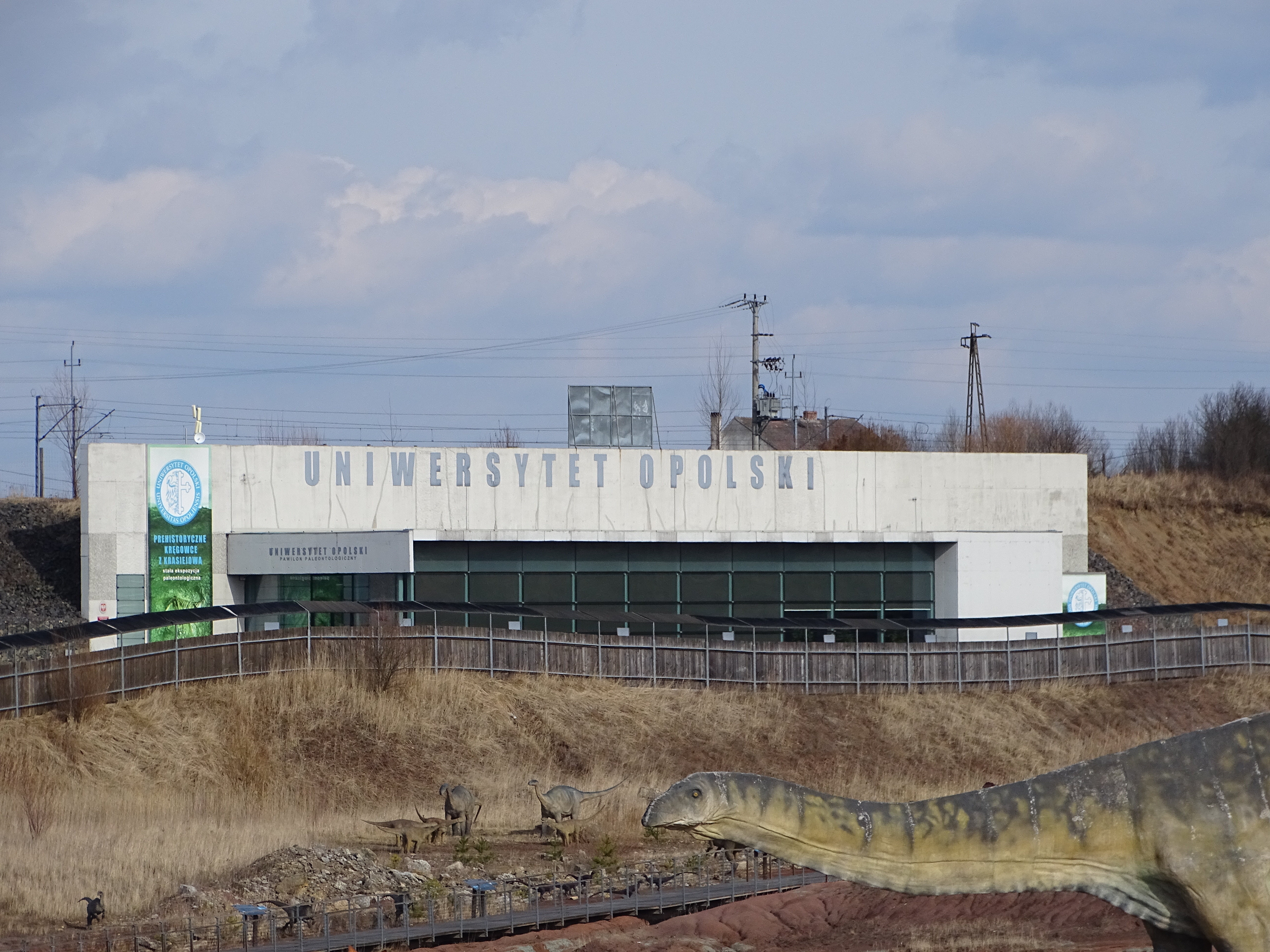
We invite you to familiarize yourself with our student publication
A late Permian ichthyofauna from the Zechstein Basin,
Lithuanian–Latvian Region
Darja Dankina1
· Andrej Spiridonov1 · Ģirts Stinkulis2 · Esther Manzanares3 · Sigitas Radzevičius1
© Universidad Complutense de Madrid 2020
Abstract
The late Permian was a transformative time, which ended with one of the most significant extinction events in Earth’s history. Fish assemblages are a major component of marine food webs. The macroevolution and biogeographic patterns of late Permian fish are currently insufficiently known. In this contribution, a late Permian ichthyofauna from the Kūmas quarry (southern Latvia) is described for the first time. The studied late Permian Latvian assemblage consisted of isolated chondrichthyan teeth putatively associated to ? Helodus sp., ? Acrodus sp., ? Omanoselache sp. and euselachian-type dermal denticles as well as many actinopterygian scales, numerous teeth and multiple unidentifiable microremains. This ichthyo-faunal assemblage is very similar to the contemporaneous Lopingian complex of the Naujoji Akmenė formation from the Karpėnai quarry (northern Lithuania), despite the fact that the Kūmas assemblage is more diverse and abundant, in terms of fossil remains. The differences in the abundance of microremains could possibly be explained by a fresh water influx into the north-eastern Zechstein Basin margin, which probably reduced the salinity of the sea water. The new data enable a better understanding of the poorly known late Permian fish diversity from the north–eastern part of the basin.

